Exploring the intricate terrain of societal progress raises pivotal questions about the role of design in shaping transformative change, especially at the crossroads of rural development and public health. How does design become a crucial catalyst, offering bespoke solutions for the diverse needs of communities? These inquiries steer our exploration into a pivotal shift in today's social interventions. Conventional approaches, relying on standardised solutions, prove insufficient, often overlooking intricate and challenging-to-measure factors that significantly impact intervention effectiveness, such as the varied and nuanced needs of individuals across different communities.
In this pursuit of understanding and addressing these complexities, we are guided by Mr. André Nogueira, CEO of Leap Design—an initiative under Transform Rural India (TRI), an organisation dedicated to designing solutions for regenerative development. His extensive experience, including his work at the Design Laboratory at Harvard T.H. Chan School of Public Health, informs his vision of integrating design methodologies as a catalyst for advancing public health policies and management. Additionally, his collaboration with TRI focuses on creating a scalable process to empower local institutions, fostering a network of change enablers capable of implementing transformative initiatives.
In an exclusive conversation with TheCSRUniverse, Mr. Nogueira talks about the critical intersection of design, rural development, and public health. He delves into the challenges and opportunities in crafting interventions that respond to the diverse experiences of individuals, emphasising the need for a departure from one-size-fits-all solutions. He also highlights the need for social sector stakeholders to update their CSR strategies, acknowledging the changing societal challenges and stressing the importance of being innovative and adaptable. Additionally, he emphasises the crucial role of local governing bodies in rural development, discussing the challenges faced by local governing bodies in addressing modern complexities.
Join us in this insightful dialogue, where the visionary shares his perspectives on how design can become a practical cornerstone for shaping a sustainable and inclusive future, particularly in the context of rural communities in India.
Scroll down to read the full interview.
Q&A
Q. Could you share the genesis of your efforts to explore the intersections of design and other fields, such as public health and rural development?
A. We live in a complex world where biodiversity collapses drive the spread of novel infectious diseases, housing insecurity impacts children's cognitive development, and accelerated climate change threatens the well-being of humans, organisations, and ecosystems. The interconnected nature of today’s problems demands we work at the intersection of fields to create interlinked solutions. While different fields present viewpoints deemed credible in their standards, none comprehensively understand the underlying connectivity between ambiguous behavioral factors driven by emotion and culture and the concrete factors driven by technology and economics that influence well-being outcomes. At the core of my work, I am constantly exploring questions about what design can, could, and should do to learn from and help other disciplines promote social transformations.
Q. Your work at the Design Laboratory at Harvard T.H. Chan School of Public Health emphasised the application of design frameworks and methods to improve the well-being of communities and organisations. How do you envision the integration of design methodologies contributing to advancing public health policies and management, particularly in addressing complex societal challenges?
A. Over the last century, public health and design have evolved in response to social, technical, and economic transformations. Science and the rigorous analysis of economic, demographic, environmental, and bio-medical data have driven public health successes to influence public policy and make recommendations for large-scale impact. Design creates and applies frameworks and methods that support organisations to pragmatically solve specific yet complex challenges fraught with uncertainty due to social, emotional, and cultural factors.
Together with Patrick Whitney, I co-created the D-Lab at the Harvard T.H. Chan School of Public Health to start a long-term agenda, investigating whether design can furnish frameworks and methods for rigorous immersion in seemingly intractable public health problems. Successful and meaningful solutions can provide a base for new research that builds upon existing knowledge and contributes to innovative and effective public policy. A major goal of this research agenda is to increase the speed and accuracy of developing insights about behavioral factors that often do not lend themselves to current methods based on science and economics.
Q. In your experience, what are the key components that contribute to the success of design interventions in the context of rural development initiatives?
A. Organisations expect standardised solutions to address diverse and evolving problems at scale. As a strategy to de-risk investments, most large-scale development interventions and scalability efforts rely on an evidence-based understanding of problems and demand a clear definition of solutions from the outset. This strategy depends on measurable variables and often disregards those that are hard to measure but may influence the ability of development stakeholders to intervene effectively. For example, while teams might arrive at a clear definition of a problem—such as women’s lack of access to physicians leading to poor maternal health - defining users as “women lacking access to physicians” is insufficient to improve maternal health care.
Upon engaging with many self-help group members, we learned that women within and across different villages have different aspirations, needs, and related problems that influence their ability to stay healthy. Several women shared issues related to the inability to leave the house due to gender-related oppression promoted by family members. Others mentioned their concern for the health and safety of their children once they had to leave the house to take care of themselves. Many shared struggles due to financial constraints involving transportation to health centers. Women's varied and nuanced needs suggest that a single “user group” with a set of predetermined, specific health problems to be addressed cannot be defined from the start of a complex initiative. Expectedly, such diversity of needs can also make it hard to determine the “right partners” in the early stages of a project.
For instance, an intervention for women struggling to take care of themselves might need to involve family members in addition to engaging with the women themselves. To do so, development stakeholders might need to engage with faith-based organisations, self-help groups, or social workers, among other agents present in women’s lives, to find the proper ways to understand and create value for other family members influencing the ability of women to seek care in the first place. If development initiatives adopt approaches more responsive to the diversity of people’s experiences, their chances of helping more people improve their daily lives at scale will likely increase.
Q. What is your perspective on the role of Corporate Social Responsibility (CSR) in promoting sustainable rural development? How can design methodologies be integrated with CSR initiatives to create more impactful and inclusive outcomes for rural communities?
A. It is no news that today’s CSR programs will not be robust enough to fix the problems of social inequity and environmental degradation experienced in both urban and rural settings. Nor will logical arguments and anxious forecasts promoted by academics cause organisations to act outside the traditional conventions of managing companies, assessing value, and using the environment.
While we know the current situation does not work in the long term, we do not know what to do. The answer, of course, will not emerge from current CSR practices, be discovered in a university think tank, or be invented by a single company. Instead, it will require reframing how organisations across sectors plan, operate, and allocate their resources.
Ambitious leaders of CSR programs can help pave the way by mobilising audacious peers in their network of collaborators to catalyse systems change that supports their organisation’s purpose. This view goes against treating CSR programs as special initiatives within the organisation’s portfolio. Instead, it sets a new standard of conduct, asking CSR leaders to link their ambitions for sustainable development to their organisation’s strategies, operations, offerings, and budgets. Of course, this will demand a new kind of leadership that fits into a more flexible, varied, and volatile world than that shaped by principles of mass production, the economy of scale, and urban growth. Design can help these leaders.
Q. In your work on rural development in India and globally, how do you leverage comparative insights to address challenges and foster sustainable solutions?
A. Yesterday’s approaches will not solve today’s problems. We need to move away from the notion that a solution that solves a problem in one context can solve the same problem any and everywhere. This model worked well when people’s daily life wasn’t so diverse, and one could have greater certainty about tomorrow’s world based on today’s activities. To create systemic change, we must shift the conditions upon which problems are framed and solutions are designed.
Currently, multiple stakeholders promoting development in rural areas act autonomously while aiming to “serve” the same population in the same context. Not only do they often perceive villagers as recipients of their programs without agency for decision-making, but development interventions seldom are strategically connected, which tends to increase complexity for the “targeted population.” For example, we visited several small farms that benefited from accessing agricultural development programs offered simultaneously by different government agencies, foundations, private corporations, and individual donors. Although these programs might share the common purpose of advancing the development of rural India, each stakeholder has a different goal, such as implementing irrigation and renewable energy systems, acquiring and distributing seeds, developing business skills, diversifying crops, and building greenhouses.
Additionally, each stakeholder behind these and other schemes has their respective capabilities, priorities, targeted audiences, and programs with different budgets, timelines, prerequisites, and conditions for accessing and using available resources. Upon engaging with farmers, we learned that while they perceive development programs to be supportive, the onus is on them to navigate the complexity of how to learn about available schemes, apply for them, and optimise the benefits to improve their overall health and well-being, which, of course, is related but not limited to agriculture.
It is time to recognise that sustainable solutions to complex social and ecological problems will not be achieved unless representatives of all constituencies involved in the problem space, including those with lived experiences and from the context of change, become stakeholders defining the problem space and proposing and implementing solutions. If development programs can systematically assess opportunities for cooperation, including with people living in the context of change, they can create strategic links across schemes, shifting the complexity from people’s experiences into more integrated support systems.
Q. How do you integrate sustainability principles into your design approaches?
A. It is common to find diagrams in designers' work showing “user groups” and “organisations” exchanging money and goods. These visualisations are often called value webs, where people are perceived as units of production or consumption, helping organisations produce material goods and services and then purchasing these products to improve their lives. The resulting visualisation is often perceived as stable or capable of continuous growth: the more an organisation produces, the better people’s lives will become.
We have now realised the friction in this flow model, as it lacks consideration of the various resources required to make things and to take care of things after they are no longer useful for people. Our design activity is not self-renewing and cannot be set in a vacuum. Natural resources, for example, are extracted, transformed, and transported into standardised offerings, but significant wastes are generated at each stage, mainly after people have discarded them. Additionally, the processes through which natural resources are accessed and mobilised have often been determined by the specific interests and agenda of leading organisations, raising concerns about power dynamics, injustice, and inequity in allocating benefits and burdens from resource flows.
Over the past decades, I have worked to expand the design field toward a resource-based approach as a response to the growing awareness of the finite resources on the planet and the inequitable wealth distribution of contemporary production-consumption systems. This work is being organised under an ever-evolving model that looks at the intersection of flows of eight different types of resources, helping multidisciplinary teams work together when learning about a certain context of change and formulating criteria for future interventions. In its current stage, the model also presents four attributes concerning resource flows: interactions among diverse agents, integration of multiple systems, interconnectivity between organisational levels, and iteration over time. This model has been applied to different contexts and geographies, furnishing frameworks and methods that help catalyse large-scale collaborations for systems change by shifting the condition upon which solutions are conceived.
Q. How can design amplify marginalised voices and foster inclusive decision-making structures in rural India?
A. Rural development initiatives should have a simple but often forgotten standpoint that those affected by existing and new schemes, especially those experiencing the problems or involved in the context of change, should have a say not only in its input but also in its process. Hence, our work is heavily structured around creating action-learning platforms that actively engage diverse stakeholders as we progress toward the initiative's purpose.This way of working renders visible otherwise hidden or only informally considered information about different perspectives of problems and solutions, making complementary or contradictory viewpoints explicit, debatable, and less abstract than words alone.
Based on our recent collaboration between the Design Laboratory at the Harvard T.H. Chan School of Public Health and the Chhattisgarh Government for the Rural Industrial Park scheme and the Haat Bazaar Clinics, we have learned there is an emerging tension in the development sector concerning asymmetric power dynamics and representation among local stakeholders and the institutions they represent.
Local institutions such as Gram Panchayats, Self-Help Groups, and Public Administration emerged and evolved to perform specific functions in the locality, working through their own processes to achieve their own goals. When people’s lives were more straightforward and offered fewer choices, such governance segmentation worked well to overcome specific problems within their organisational territories. However, as more complex and intertwined problems emerge, these governing bodies are challenged to review their ways of working. If local institutions want to go beyond incremental changes in their own organisational territory and overcome common issues, they must overcome their differences and negotiate their ways into more cooperative forms of governance to achieve shared goals.
We have partnered with Transform Rural India (TRI) on a project focused on creating and codifying a scalable process for building the capacity of local institutions to achieve shared goals and igniting the formation of a network of change enablers capable of implementing such a process.
To achieve the first goal, we are creating a context for learning from accomplished change leaders with significant experience on the ground. We are observing and codifying their approach from a design perspective to attain scalable processes for systemic transformation. Simultaneously, we are prototyping ways to embed advanced design frameworks and methods that can increase the effectiveness and efficiency of such operations. Complementary to codifying and prototyping the required formal knowledge, training, and skills, this work focuses on understanding the values and principles underlying a change leader’s journey to acquire power for influencing system change, including gaining the confidence and support of the people they care for. This learning journey's formal and informal aspects will be combined into a scalable process to help local institutions across India achieve shared goals. The next objective will be identifying a group of change leaders to implement such a process, learn from their attempts, and incorporate these learnings into future iterations.
Q. How does your work foster collaboration between large bureaucratic institutions to address complex social challenges?
A. In 2020, fifteen designers and other innovators involved with organisational change joined thirty-five people who dedicate their lives, time, insights, passion, and money to conserving natural systems and wildlife in the United States. They were assembled for an online convening to explore more holistic ways for organisations currently informally linked by their purpose to join resources and enhance conservation efforts in a changing world.
Collectively known as the Conservation Institution, their member organisations included federal and state agencies, NGOs, private corporations, and academic institutions formed during the last century with a common purpose: conserving fish and wildlife. Indeed, they have made unparalleled gains over the last century, largely due to the financial contributions and support of hunters, shooters, anglers, and boaters. Today, leaders in the Conservation Institution have realised their organisations were created in a very different country than the one they live in today. Urban areas are much larger and attractive to youth; there is declining interest in hunting and fishing; people’s views of Nature are shifting from being a resource to use to a partner with humans who desire a healthy and prosperous planet; the political polarisation between rural and urban is only increasing. While they recognise the world has changed, today’s leaders still carry mental models and use planning and management methods created to overcome 20th-century problems.
About halfway through the convening, participants realised their assumptions, values, attitudes, and worldviews were different from those of the population they were trying to serve and, in many cases, were different from each other. They recognised an emerging competition that threatened their future existence: their inability to respond to today’s world.
This is the story of how, in 12 hours over three days and amid a pandemic, the group framed new strategic directions, which they named the concept of “Learning ecology.” This concept now guides leaders in the Conservation Institution through two complementary pathways that respond to their central insight: (1) they are creating a network of unusually diverse members and a solution-oriented process that accelerates learning by doing, and (2) they are leveraging available initiatives, assets, and expertise to help various stakeholders learn about ecology and its threats. This example showcases how my work fosters collaboration between large bureaucratic institutions.
Q. As we move into a future characterised by increasing interconnectedness and complexity, what overarching vision do you hold for the intersection of design, technological advancements, public health, and rural development, and how do you plan to steer your work toward achieving this vision?
A. India's public health landscape is undergoing significant changes driven by seismic forces, such as privatisation, digitalisation, and the socialisation of health practices. The emerging landscape presents significant challenges – and opportunities – for leaders across sectors to develop more sustainable and equitable systems. We aim to identify barriers and drivers of change at the intersection of these three forces and explore alternatives to existing public health systems. We are building a collaborative platform of leaders interested in learning from past projects and igniting changes with bold, transformative services.
Noteworthy, however, is to recognise that a lot of credible, reliable, and meaningful knowledge is already being deployed through development practices across India, within and outside the health sector. Some parts of this body of work are tacit knowledge; others are explicit and embedded knowledge. The latter tend to result from codification and adoption efforts predominantly led by economics, management, and health and social sciences. We are bringing design knowledge as a complementary source of expertise to this body of knowledge and learning ways through which advanced design frameworks and methods can advance and expand the ability of development agents to promote more sustainable and equitable futures.
Our work is organised around an organisation called Leap, which was created to catalyse systems change toward the well-being of people and the planet. Our work focuses on building organisational capacity to design prosperous systems with positive social and ecological outcomes. Together with our partners, we co-create learning experiences, venturing opportunities, and exploratory research programs that help leaders integrate design expertise into existing ways of working, unlock latent potential in their network to create shared value, and expand possibilities for more sustainable and equitable futures. Leap spans from work developed by the Design Laboratory at Harvard T.H. Chan School of Public Health and TRI, funded by the Bill and Melinda Gates Foundation.



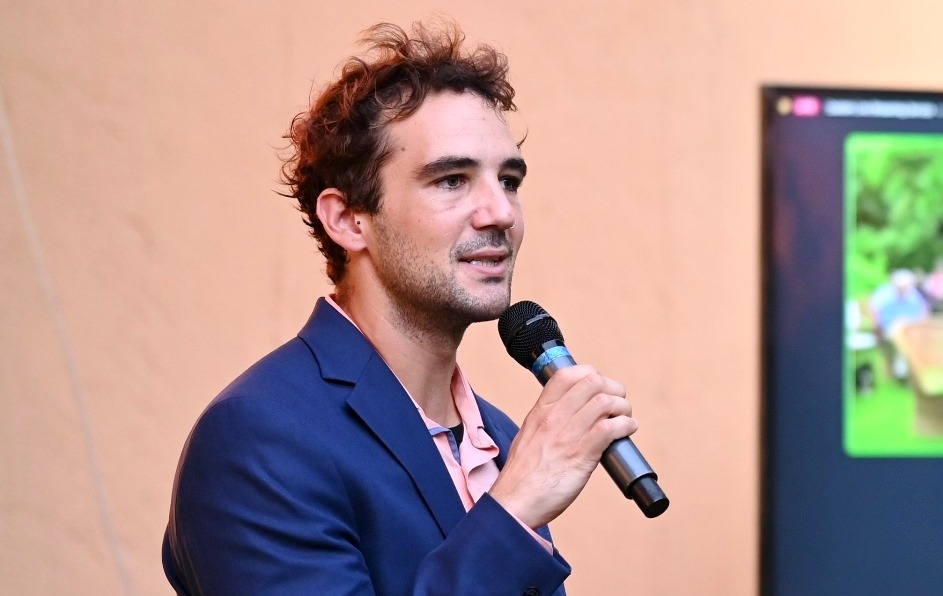
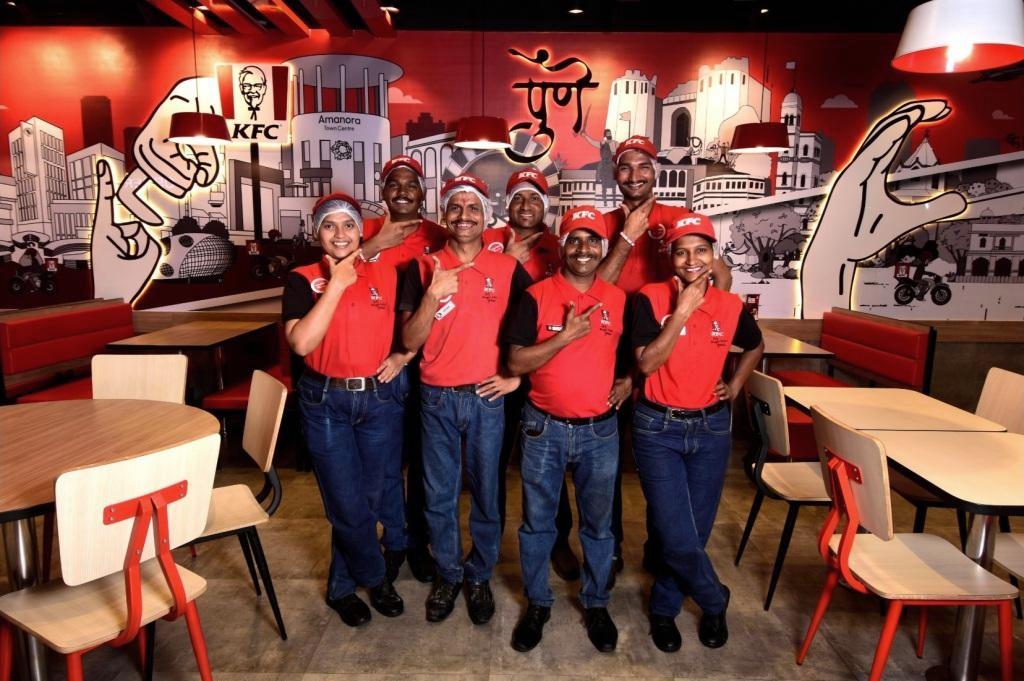

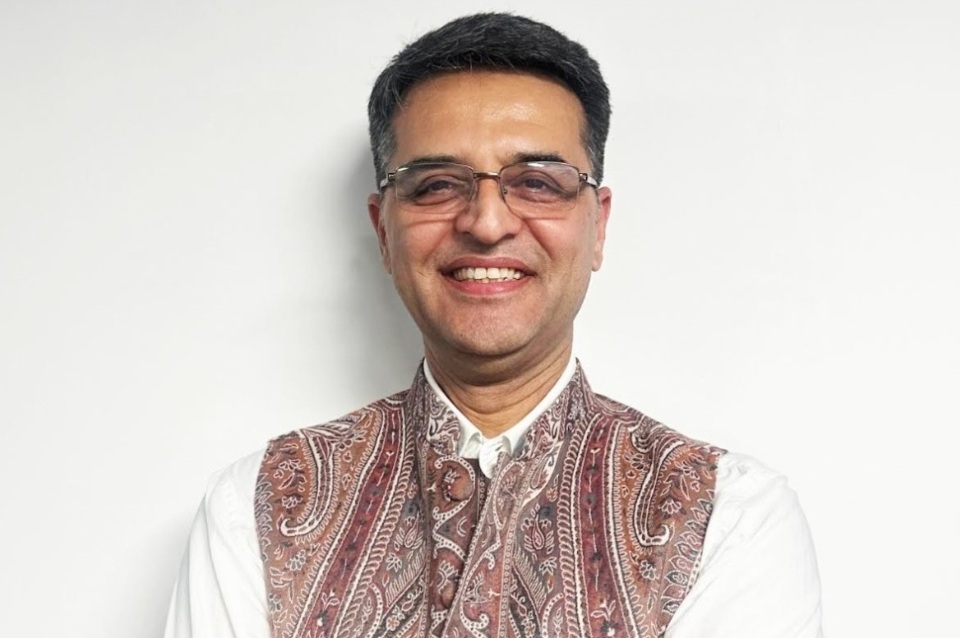
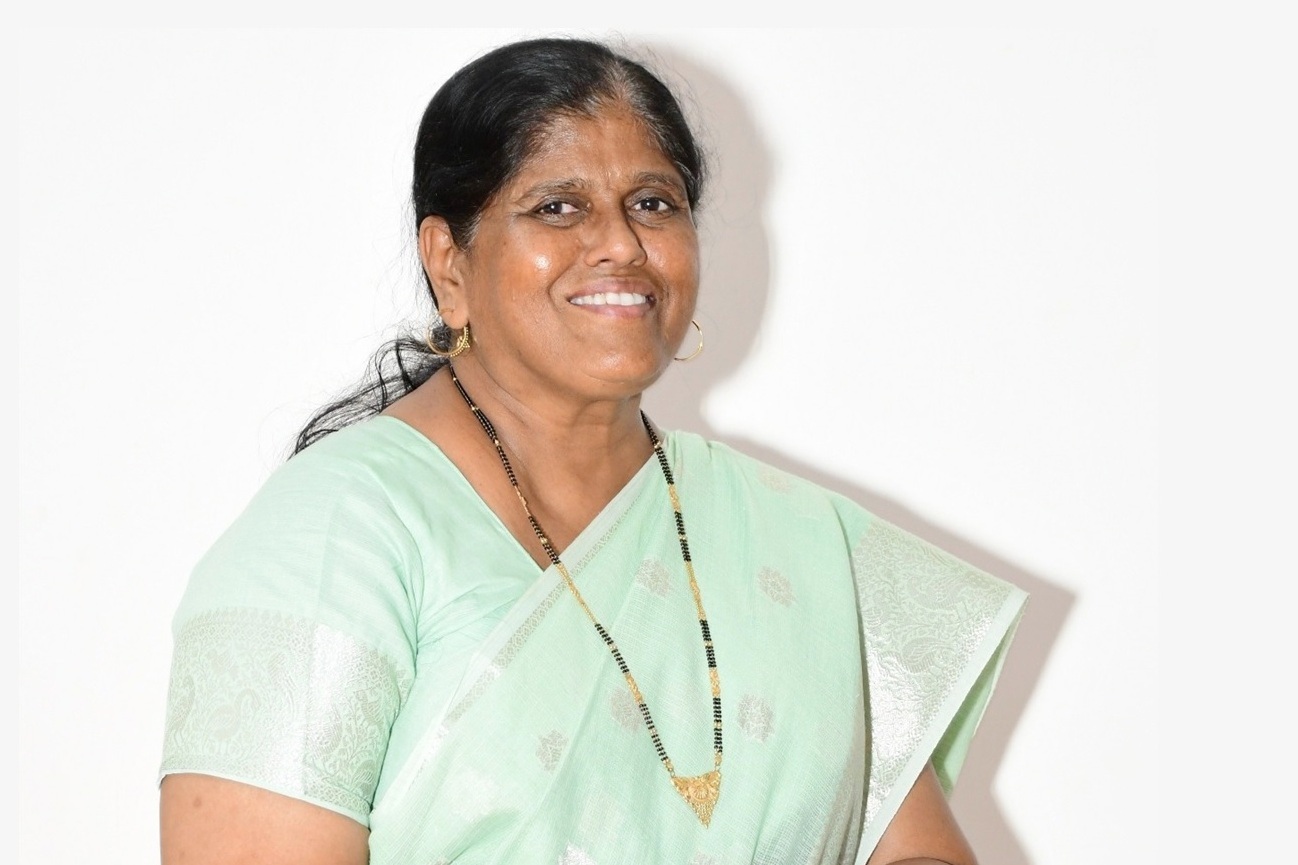


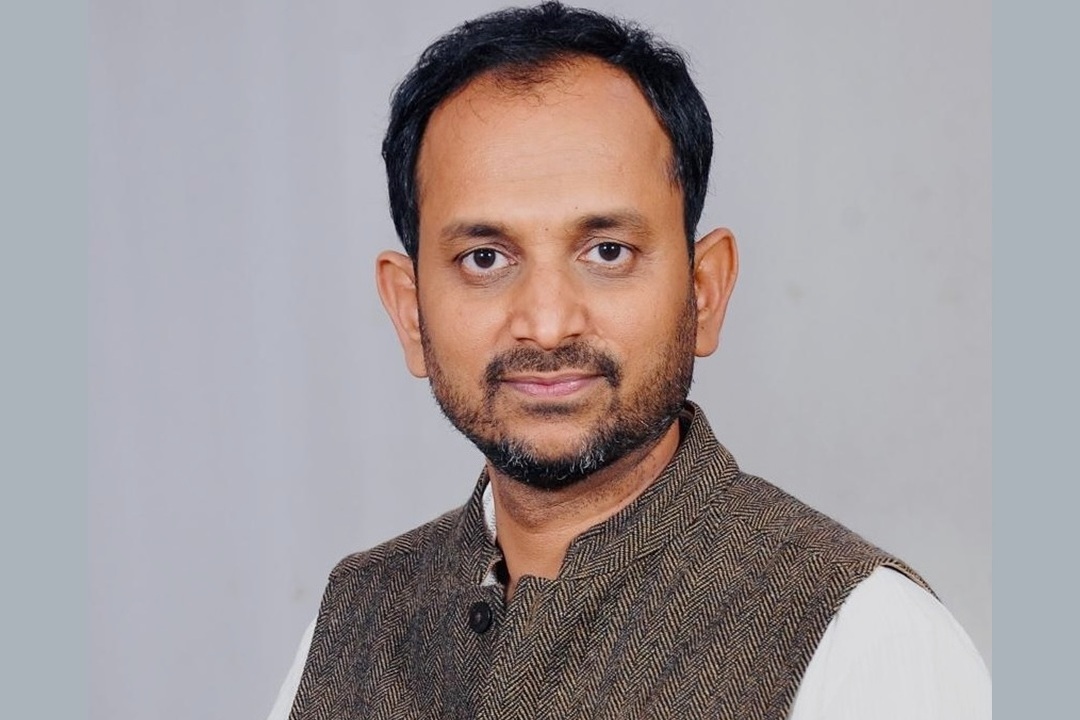
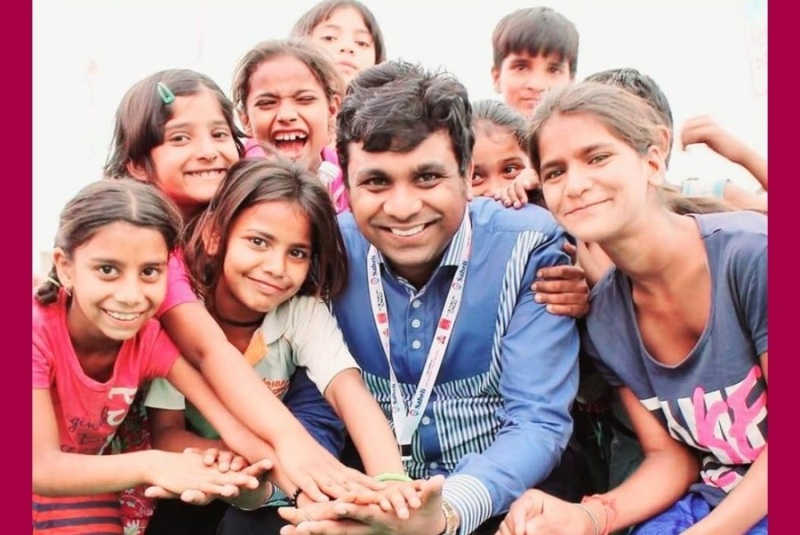
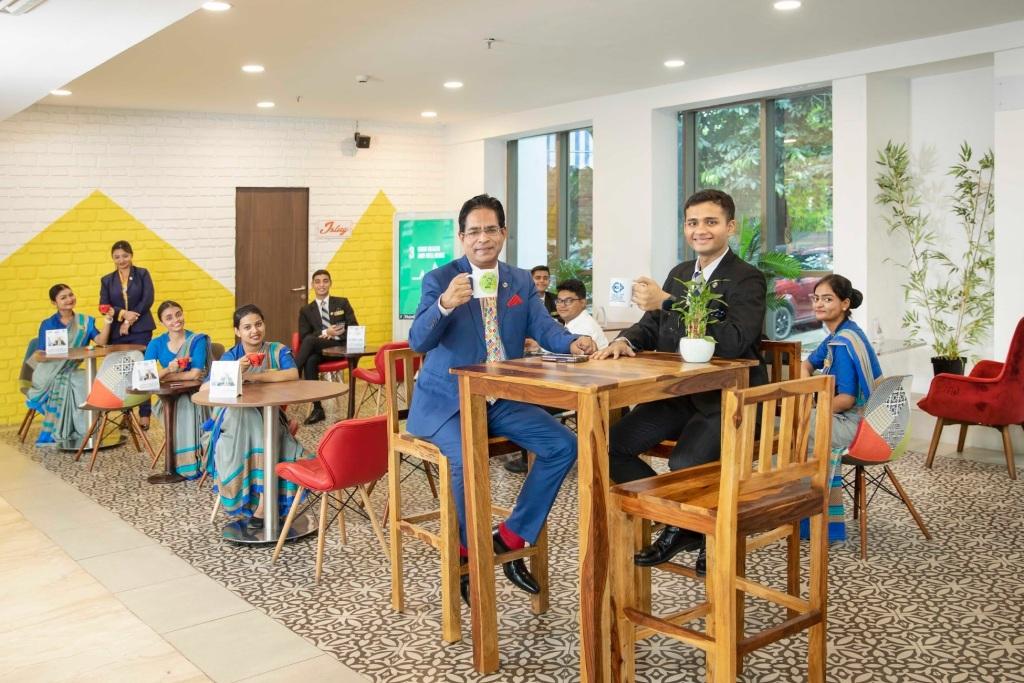
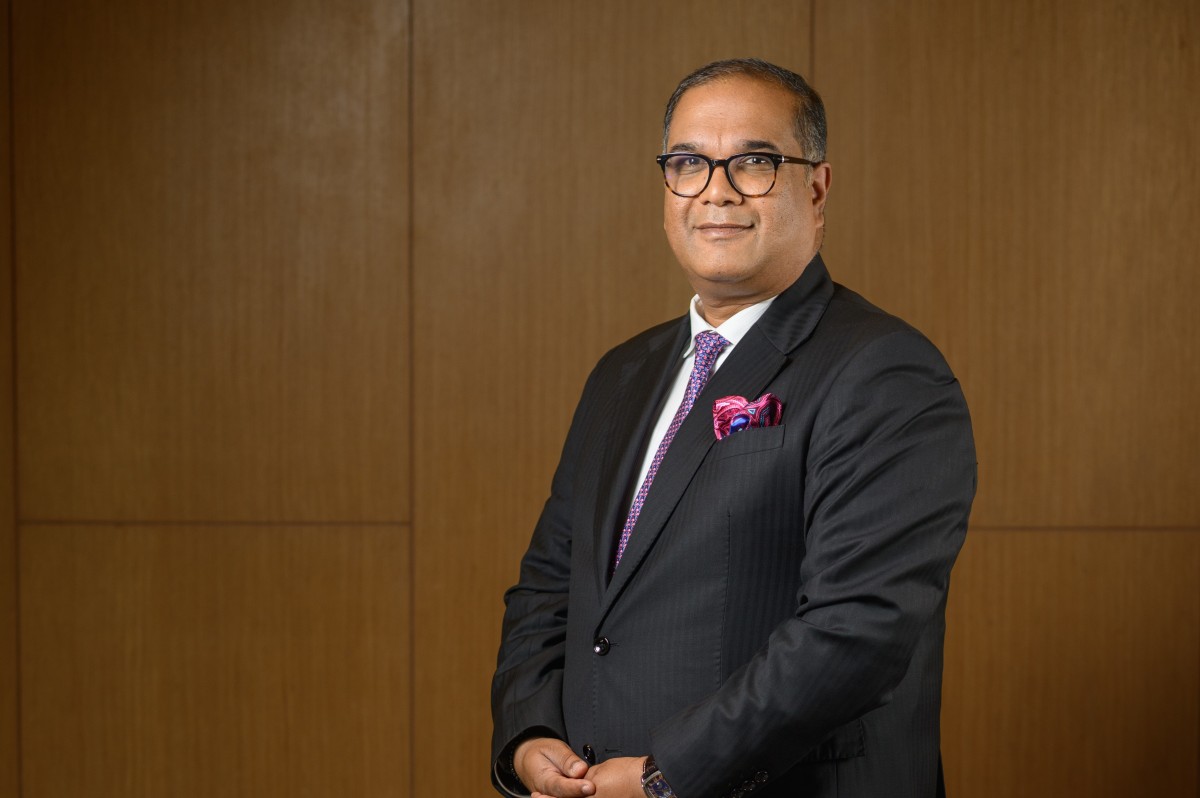

.jpg)




